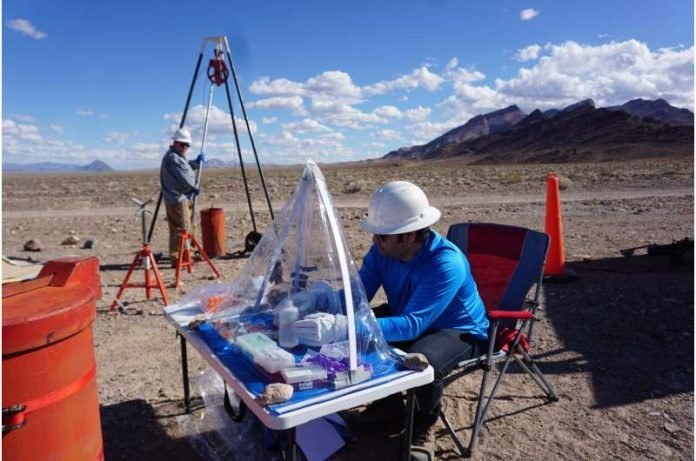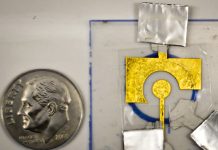
Scientists at the Bigelow Laboratory for Ocean Sciences have pioneered a method that marks a significant leap in our understanding of the microbial world, particularly those thriving in environments devoid of oxygen, deep beneath Earth’s surface.
This innovative approach, shedding light on both the genetic makeup and functional activity of individual microbes, is changing the way researchers perceive microbial communities’ roles in critical global processes like the carbon cycle.
Published in the Proceedings of the National Academy of Sciences, the study focuses on a sulfate-consuming bacterium found in a groundwater aquifer under Death Valley.
This bacterium, thriving nearly half a mile below the surface, was not only identified as the most abundant but also as the most active organism in that ecosystem, showcasing the potential of this new method in revealing the dynamics of microbial life in extreme environments.
Traditionally, understanding microbial communities, especially in environments as inaccessible as deep groundwater aquifers, has been challenging. Researchers had to rely on broad assumptions about cellular activity rates within these communities.
However, with this new method, developed at the Bigelow Laboratory’s Single Cell Genomics Center, scientists can now distinguish the varying activity levels among individual microbes.
This breakthrough enables a more nuanced view of microbial ecosystems and their contributions to broader environmental and geochemical cycles.
The approach combines advancements in single-cell genetic sequencing with flow cytometry, a technique adapted from biomedical sciences for environmental applications. This allows for the rapid identification and analysis of living microbes in water samples.
By staining the microbes with a special compound that fluoresces under a flow cytometry laser during chemical reactions, researchers can estimate the rate of processes like respiration happening within individual cells.
The integration of this data with meta-transcriptomics and radioisotope tracers provides a comprehensive picture of the genetic capabilities of these microbes and their actual biochemical activities.
Such detailed insights were further validated and expanded upon by the collaborative efforts of the “Genomes to Phenomes” project, involving Bigelow Laboratory, the Desert Research Institute, and the University of New Hampshire.
This method’s application extends beyond the subsurface aquifers, as earlier demonstrated by the team’s work on ocean-dwelling microbes responsible for significant oxygen consumption.
By applying this technique to different environments and microbial processes, researchers aim to deepen our understanding of microbial life’s complexity and its impact on Earth’s ecosystems.
The potential for this method to revolutionize microbial ecology is vast, with implications for exploring life in extreme environments on Earth and potentially other planets.
As scientists continue to refine and expand this approach, we stand on the brink of uncovering the intricate roles that these unseen life forms play in sustaining and shaping our planet.
The research findings can be found in PNAS.
Copyright © 2024 Knowridge Science Report. All rights reserved.



